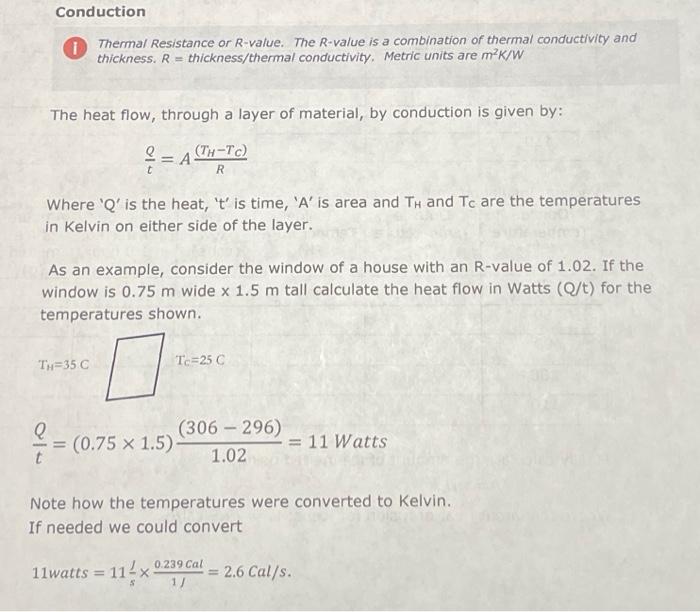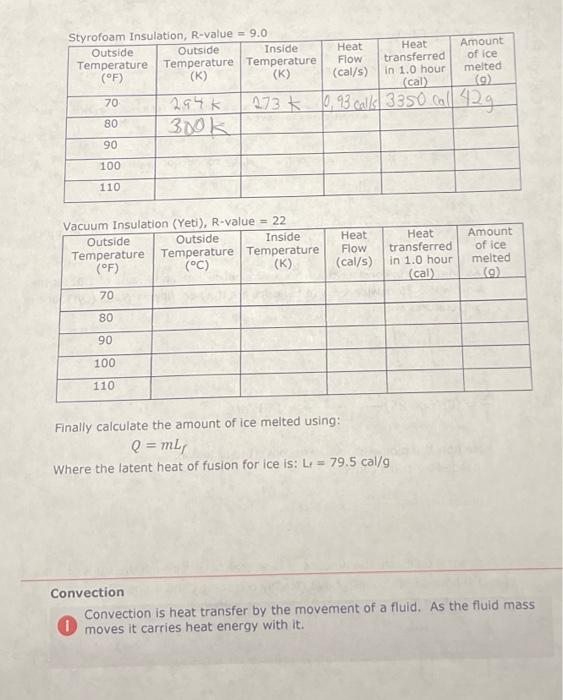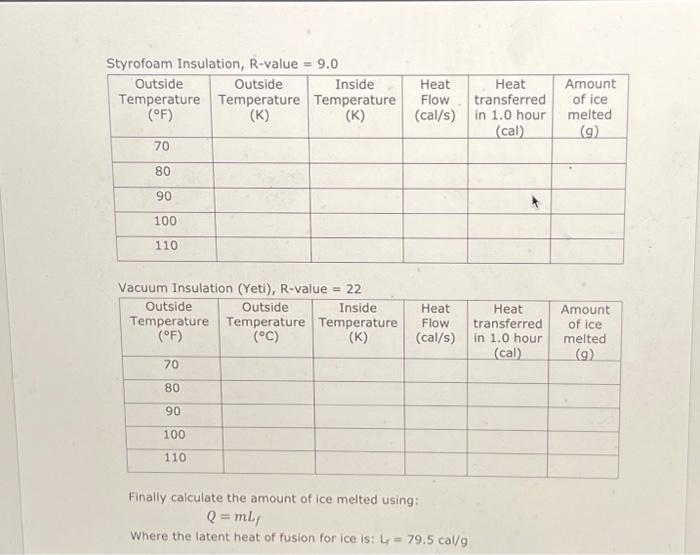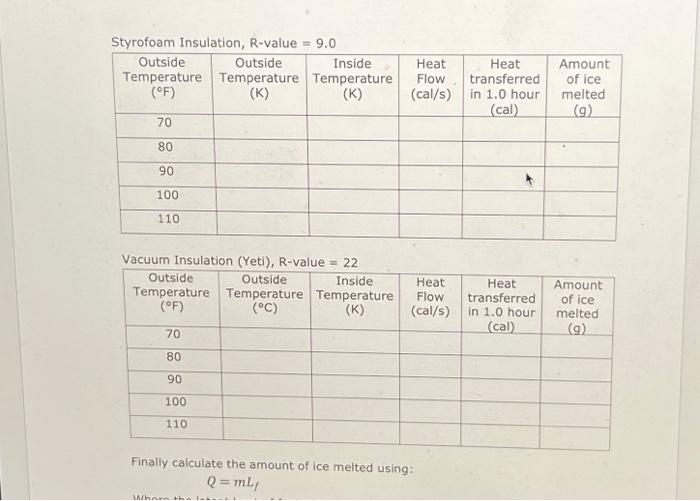Answered step by step
Verified Expert Solution
Question
1 Approved Answer
Sturnfoam Insulation. R-value =9.0 Vacuum Insulation (Yeti), R-value =22 Thermal Resistance or R-value. The R-value is a combination of thermal conductivity and thickness. R= thickness/thermal






Step by Step Solution
There are 3 Steps involved in it
Step: 1

Get Instant Access to Expert-Tailored Solutions
See step-by-step solutions with expert insights and AI powered tools for academic success
Step: 2

Step: 3

Ace Your Homework with AI
Get the answers you need in no time with our AI-driven, step-by-step assistance
Get Started


